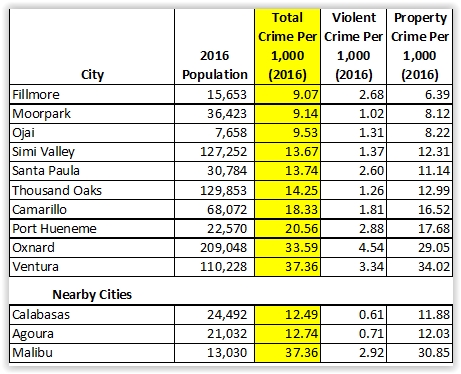California Minimum Wages Increase Again on January 1, 2018
/Pursuant to California Senate Bill No. 3 signed by Governor Jerry Brown in April 2016, on January 1, 2018, the California minimum wage increases from $10.50 to $11 per hour for employers with 26+ employees and from $10 to $10.50 for employers with 25 or less employees (with the exception of California sheepherders...which you can read about more HERE).
The overall target of the legislation is $15 per hour for all employees by January 1, 2023 (companies with 26+ will get there by January 1, 2022; one year earlier than smaller companies).
Future Minimum Wage Increases for Employers with 26+ Employees:
- 1/1/19: $12/hour
- 1/1/20: $13/hour
- 1/1/21: $14/hour
- 1/1/22 until adjusted again: $15/hour
If your employer has 25 or fewer employees, there will be a year lag in the increases highlighted above.
- 1/1/19: $11/hour
- 1/1/20: $12/hour
- 1/1/21: $13/hour
- 1/1/22: $14/hour
- 1/1/23: $15/hour
So, if you are a minimum wage employee at a smaller company, you will be making slightly less than your "larger" company counterparts in California until 1/1/23.
After 2022, the minimum wage will generally be increased by the lesser of 3.5% or the annual inflation rate.
More on California minimum wages at www.dir.ca.gov/dlse/faq_minimumwage.htm.
But WAIT!
If you are a minimum wage employee in the City of Los Angeles, different rules apply:
Employers with 26+ Employees in City of Los Angeles:
- 7/1/17 to 6/30/18: $12/hour
- 7/1/18 to 6/30/19: $13.25/hour
- 7/1/19 to 6/30/20: $14.25/hour
- 7/1/20: $15/hour
Employers with 25 or Fewer Employees in City of Los Angeles (or 26+ Employees with approval to pay a deferred rate):
- 7/1/17 to 6/30/18: $10.50/hour
- 7/1/18 to 6/30/19: $12/hour
- 7/1/19 to 6/30/20: $13.25/hour
- 7/1/20 to 6/30/21: $14.25/hour
- 7/1/21: $15/hour
More on L.A. City minimum wage laws at wagesla.lacity.org.
And of course, there's the irrelevant (at least to the majority of, but not all, states) Federal Fair Minimum Wage Act of 2007, which established the now current Federal minimum wage at $7.25/hour as of July 24, 2009.











